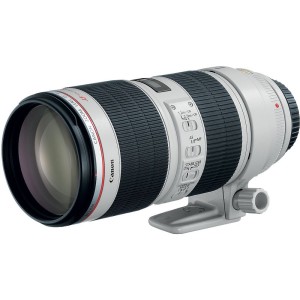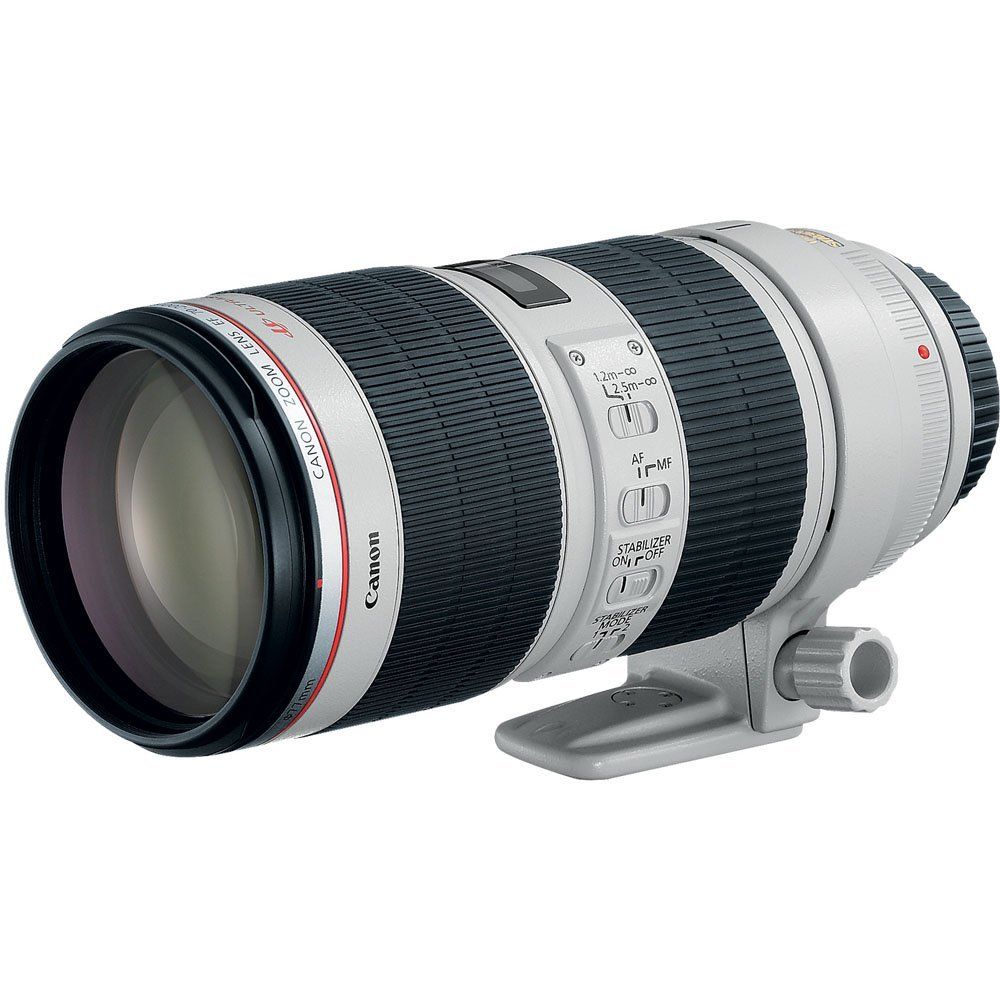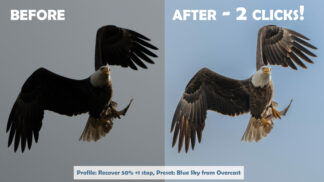 Sometimes you don’t know what you’ve got until it’s gone. In 2014 we fell in love with the Nikon D810… it was just so vastly superior to the Canon 5D Mark III that we were suddenly Nikon people. That dream ended after a couple of shoots with the D810 and the Nikon 70-200 f/2.8 II. The D810 did great, but the Nikon had a severe problem: at headshot range, it wasn’t 200mm… it wasn’t even close. In fact, we measured it at about 135mm. Our signature headshots suddenly didn’t have the same background blur or compression of facial features; a portrait at 135mm just isn’t the same as a portrait at 200mm. Forget using it for a wedding, where you need all the reach you can get. As much as we wanted to switch to the D810, the combination of the (very dated) 5D Mark III and this lens was still better. https://www.youtube.com/watch?v=Jva08HY6uLE We tested the Tamron and Sigma alternatives, and they had focus breathing problems, too. Yes, there are older generation lenses without the focus breathing, but they’re not as sharp. There are f/4 lenses without the focus breathing, but they don’t have the same background blur. We could use the Nikon 200mm f/2, but it’s 6.5 lbs and doesn’t allow us to quickly zoom back for a body shot. We’ve used this lens for seven or eight years now; it’s our workhorse. It’s that ugly Canon white color, but it’s indestructable. Despite my total reckless handling of expensive camera gear, it doesn’t have a single piece of dust or even a dent. We’ve never need to have it serviced. Yes, you can get a Tamron or Sigma 70-200 f/2.8, and the’ll give you very slightly sharper images… but they won’t give you the same headshots, and they won’t hold up like the Canon. For that reason, not only did we keep using this lens, but we kept shooting Canon. Here’s the DxOMark chart showing that it’s sharp all the way to 200mm, even wide open:
Sometimes you don’t know what you’ve got until it’s gone. In 2014 we fell in love with the Nikon D810… it was just so vastly superior to the Canon 5D Mark III that we were suddenly Nikon people. That dream ended after a couple of shoots with the D810 and the Nikon 70-200 f/2.8 II. The D810 did great, but the Nikon had a severe problem: at headshot range, it wasn’t 200mm… it wasn’t even close. In fact, we measured it at about 135mm. Our signature headshots suddenly didn’t have the same background blur or compression of facial features; a portrait at 135mm just isn’t the same as a portrait at 200mm. Forget using it for a wedding, where you need all the reach you can get. As much as we wanted to switch to the D810, the combination of the (very dated) 5D Mark III and this lens was still better. https://www.youtube.com/watch?v=Jva08HY6uLE We tested the Tamron and Sigma alternatives, and they had focus breathing problems, too. Yes, there are older generation lenses without the focus breathing, but they’re not as sharp. There are f/4 lenses without the focus breathing, but they don’t have the same background blur. We could use the Nikon 200mm f/2, but it’s 6.5 lbs and doesn’t allow us to quickly zoom back for a body shot. We’ve used this lens for seven or eight years now; it’s our workhorse. It’s that ugly Canon white color, but it’s indestructable. Despite my total reckless handling of expensive camera gear, it doesn’t have a single piece of dust or even a dent. We’ve never need to have it serviced. Yes, you can get a Tamron or Sigma 70-200 f/2.8, and the’ll give you very slightly sharper images… but they won’t give you the same headshots, and they won’t hold up like the Canon. For that reason, not only did we keep using this lens, but we kept shooting Canon. Here’s the DxOMark chart showing that it’s sharp all the way to 200mm, even wide open:  Here’s another video where we test the focus breathing: https://www.youtube.com/watch?v=5HZ2pvfmT_s
Here’s another video where we test the focus breathing: https://www.youtube.com/watch?v=5HZ2pvfmT_s





